This topic is deeply personal to me as it has become apparent that defining and understanding my own attachment style will probably be a lifelong project that I work on to enhance my relationship with me and others. I think initially this topic can bring up lots of shame and for me, there has even been some avoidance at continuing to dig deeper into why I operate in relationships the way that I do. I think some of this can be extremely painful to begin and anytime the word “addiction” is included, it seems very normal to try and deny or look elsewhere to try and fix whatever it is without facing the root. But here’s the thing, we can’t escape ourselves. Wherever you go, there you will be. Your journey has been what it has been and you are exactly where you need to be. If you are struggling in relationships, there is no shame in looking at the why’s. In fact, facing your fear and walking forward anyway is, in my opinion, the most courageous thing any of us can do. I think everyone’s process is different and different things resonate with different people when working through hard things, but never forget, like Glennon Doyle says: “We can do hard things.”
I personally like a lot of information when walking through tough things. It helps me to understand and when I understand it soothes my anxiety.
So, let’s talk about the basics of attachment wounding: “An attachment injury is an emotional wound to an intimate, interdependent relationship. It usually happens after a breach of trust—particularly in a time of need or a moment of loss or transition. Once an attachment injury occurs, it can leave one or both partners feeling betrayed or abandoned.”
Here are ways it can show up in a relationship: Secure types are capable of dating (or handling, depending on your perspective) both anxious and avoidant types. They’re comfortable enough with themselves to give anxious types all of the reassurance they need and to give avoidant types the space they need without feeling threatened themselves.
Jodi White’s advice through her accounts has been extremely helpful to me.
In our recent episode together, I mentioned this quote of Jodi’s from her Instagram post: “If we’re waiting for a partner to ‘do the work’ on themselves (the work we believe they need to do in order to be ‘better’), that’s the same as hoping they’ll change or become someone else. We must get to know a person for who they are right now, not who we hope they’ll be at some point in the future.”
Her caption further explains by saying,
“Here’s how it looked during my love addiction: I’d meet someone; then the fantasy would kick in and I’d overlook the reality of who they were (ie their lack of availability), but often get into a relationship with them anyway. Then, instead of being able to fully see the reality of who they were due to my codependence, I’d focus on the potential—like this:
•Once he does some therapy he won’t act like ‘that’ anymore (or: once I ‘get’ him to go to therapy…)
•If only he’d read the books I gave him, he’d be a better partner (and understand *me* better)
•If only he didn’t drink so much then things between us would be better, maybe I can get him to quit.
•He has a lot of trauma, so once he works on that things will be *better*
And all of this ‘holding out for the future and what a partner might become one day, kept me in co-addicted relationships much longer than if I’d only accepted my partners—and who they told me (and showed me) they were—at face value.
But focusing on the work I thought THEY needed to do also kept me from looking at myself–and that’s where my focus needed to be: I needed to work on my trauma, my dysfunctional relationship patterns, my boundaries, my alcohol use.
We must get to know a person for who they are right now, not who we hope they’ll be one day, and accept them for who they are….after all, isn’t that what we want, too? To be accepted for who we really are?”
Check Jodi’s accounts out: @jodiwhitelpc @journalsofaloveaddict
Pia Melody Books
Check out the episode on Apple or Spotify, or wherever you listen to podcasts!
Sources:
Attachment Wounding Definition
Secure, Anxious, and Avoidant Attachment Styles Definition




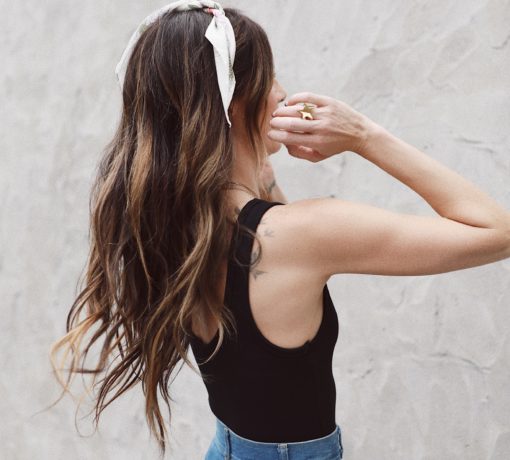
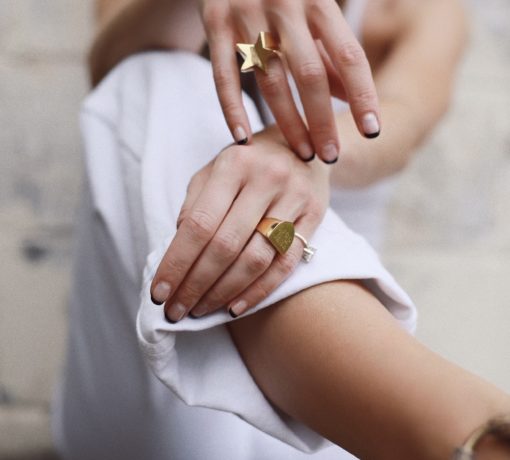

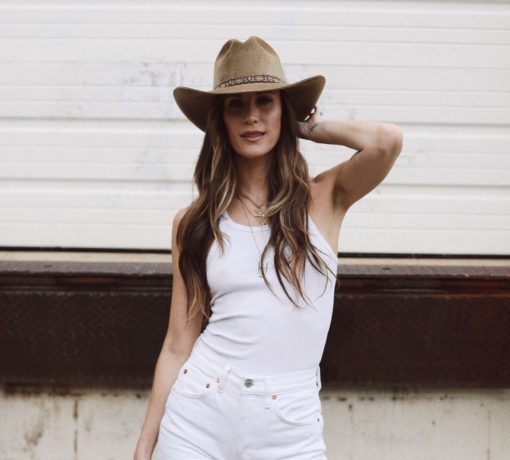
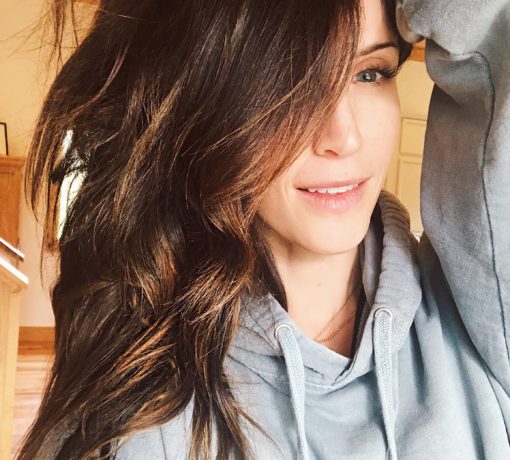
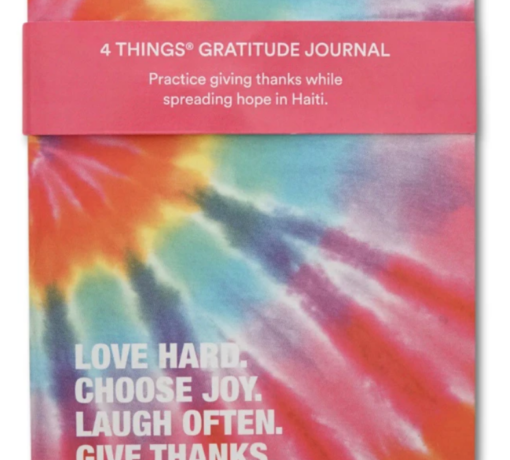
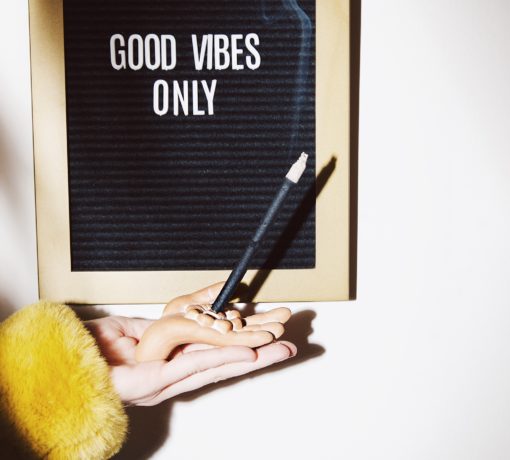

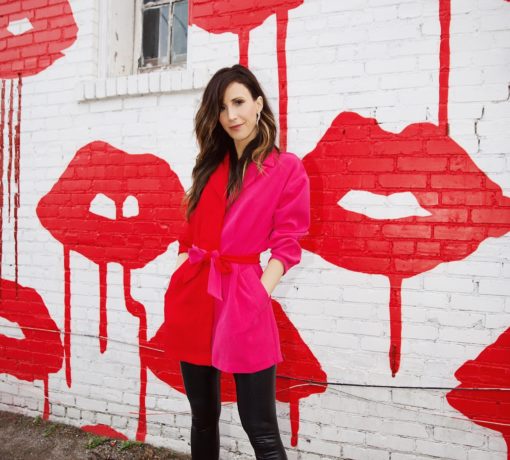
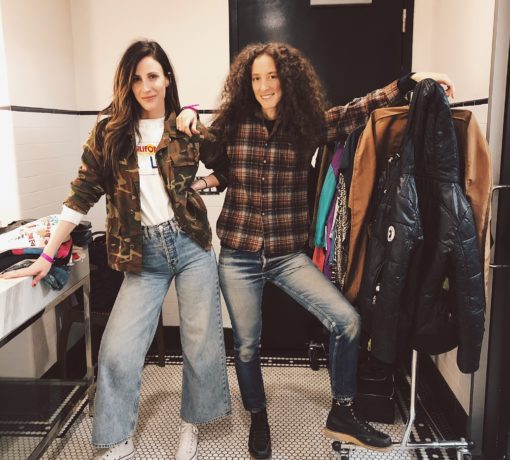
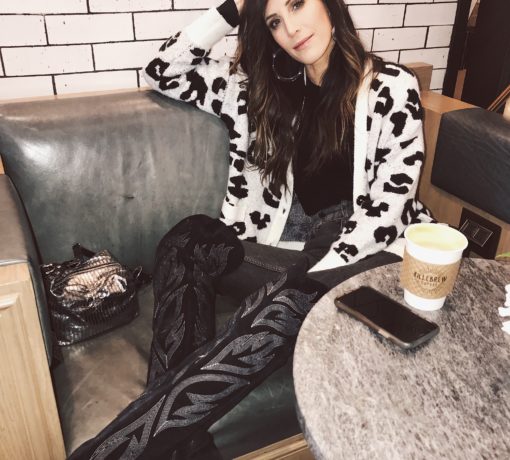

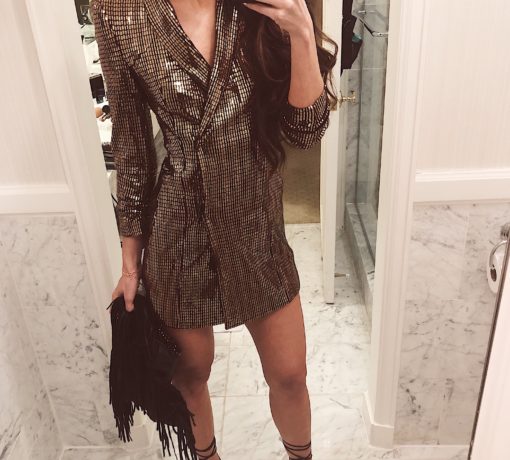
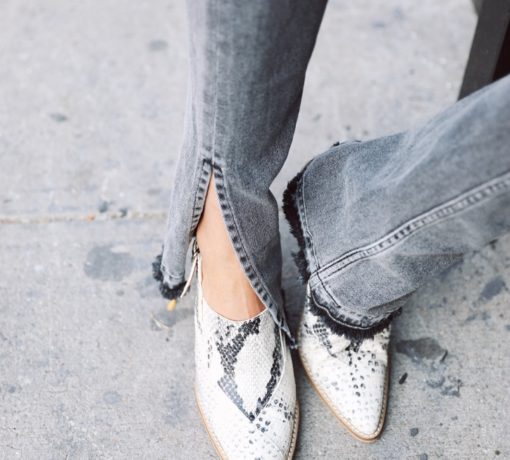

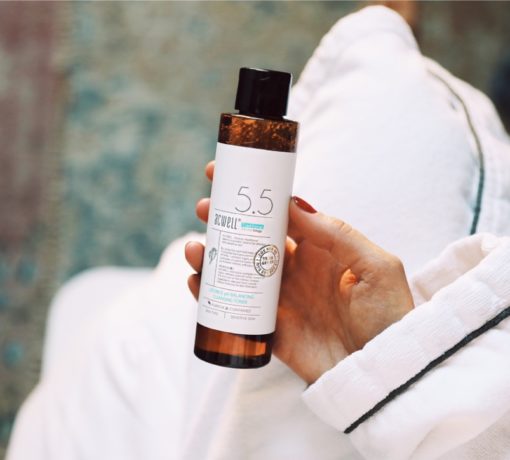
Leave a comment